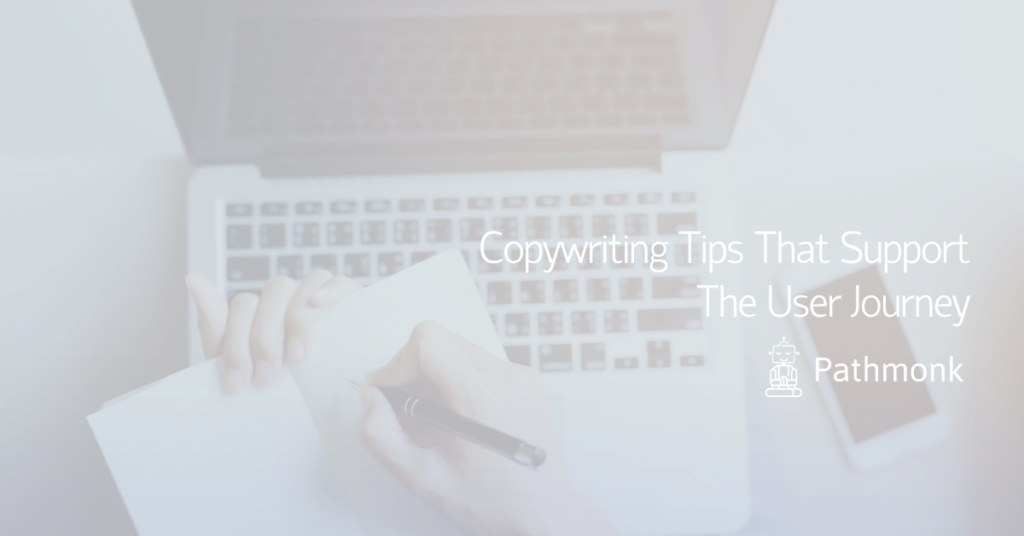
There are not many skills that help you support the user journey and uplift sales like copywriting. Nearly all highly effective online sellers know this secret: More than their product, more than their traffic, more than their e-mail campaigns, it’s their copywriting that is able to increase conversions and help to sell more. This article will teach you how to use that secret to sell and market your courses.
“You could say to yourself, this is just another blog post, and walk away. If you choose to do that, you’ll probably always have a nagging question in the back of your mind: “What if I had read that article? How would things be different today?” – Ray Edwards
“Words sell”. The most boring, black-words-on-white-background sales page will outperform a flashy website with the right words. So let’s get started:
The PreHeadline
Directly address who you are targeting “Attention, future personal trainers!” or “Attention, student accountants!”. “You’re targeting the prime prospect for your message and you’re qualifying him or her “Do you belong to this group?”
The Headline
The headline will impact the rest of the content. Its job is to make the reader want to keep on reading. That’s all your headline has to do. People decide in 2 seconds if they’re going to click the back button and they’ll be gone. You should spend a lot of time refining the headline.
The SubHeadline
The subheadline headline and the beginning of the description. “The job of the subheadline is to reinforce the impact of the idea proposed in the headline and to also arouse more curiosity.
The Body
This is the bulk of your text. Try to understand exactly what your prospects are looking for and start searching for keywords that they might use. Pretend you are them. Think about what questions they are usually asking you on their mobile, at events, or in emails. Make sure to answer them in their language to better support their user journey
Keep these three things about your visitors in mind:
They never read anything at first
- They scan your headline and decide whether to read further or not.
- They scan (not read) all subheadlines etc.
They never believe anything at first
- The job of your copy is to overcome disbelief, enhance the user journey
- They want to be convinced that this is the right solution for them and provide them with exactly what they need.
They never do anything at first
- Once you overcome the first two obstacles it is down to the body of the text to do the rest
Taking a Closer Look at The Body
The lead: Sets the criteria for whom this text or description is intended and what they will gain.
Rapport: Here is where you build a relationship with the reader, which is yet another opportunity to tighten their user journey and experience. Demonstrate that you understand the readers’ pain points to find the best possible outcome for them. People like three types of people
- The ones that are like themselves
- Those who are what they want to be
- Those who like them back
Credibility: “Who am I/are we and why should you listen to us?”. You must build credibility with your prospects in order for them to lower the resistance they’re naturally feeling.
Benefit bullet points: A bullet is a brief statement that identifies a single benefit offered by you. We suggest that you have a lot of bullets in your description – it performs well as it makes scanning easier.
Testimonials: This is third-party verification that your solution does what it claims to do. In other words, people who have used your product or service liked it, and are willing to endorse it. Make sure to use their full name.
Value justification: We heard from many of our clients that pricing is critical to your visitors. So let’s talk about value justification. Make sure to talk about how valuable your products actually are to the user. Since you provide a product that is going to resolve their challenges you have a headstart over competitors. You can be concrete. What is their earning potential?
A Call-To-Action That Enhances the User Journey
Tell the visitor what to do. Don’t be shy – communicate that it’s time for them to buy since you have shown all the reasons why. Ask yourself if the offer section is the only part that your visitors read, can they make a buying decision? You should be giving them all the information they need to make a buying decision. Motivate the visitor to act.
What’s The Next Step?
Take a look at your website and especially the product overview pages. Often they don’t get enough love. Make sure that your own copywriting is strong so it actually helps you sell more products. Let our team know your experiences.
All courtesy goes to Ray Edwards and Michel Fortin who are the initiators of many of the ideas above and who helped hundreds of businesses to sell more online.
Understand your customer journey analytics
See how your users behave, find drop-offs, and receive actionable insights with AI.









